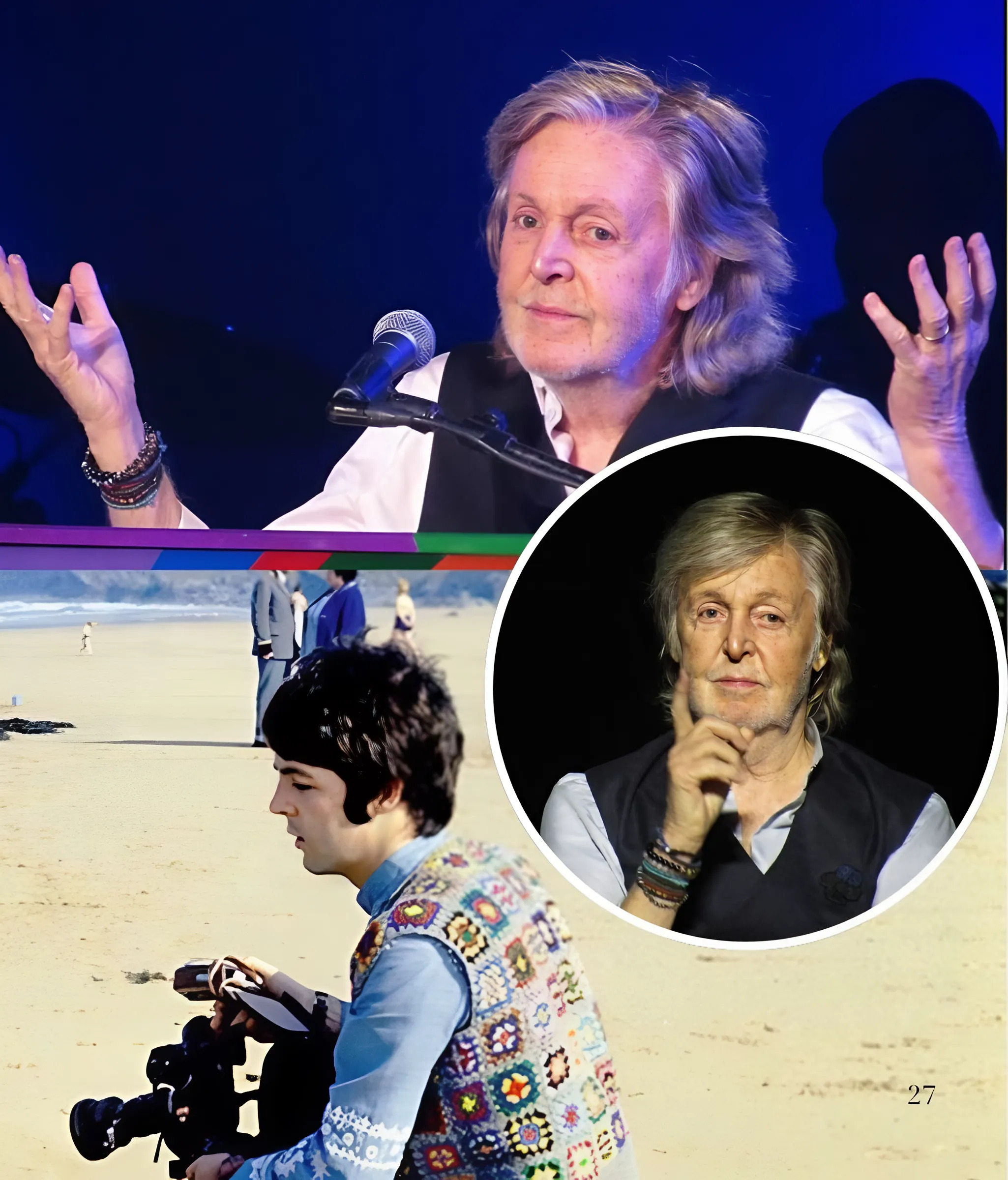
At 82, Paul McCartney continues to surprise us — not with chart-topping hits or sold-out tours (though those still happen), but with a quieter, more intimate side of himself. In an extended and deeply personal interview, the former Beatle opens up about one of his longest-standing yet lesser-known passions: photography.
While the world knows him as a musical icon, McCartney has long viewed life not just through a microphone but through the lens of a camera. For decades, he’s been documenting moments — not only the sweeping stages of Beatlemania but also quiet family scenes, still life compositions, nature, and the spontaneous quirks of everyday beauty. And now, he’s finally ready to share more of that world.
A Family Influence: Linda’s Lasting Impact
Much of Paul’s photographic sensibility can be traced to his late wife, Linda McCartney, a renowned photographer in her own right. Her casual, documentary-style portraits of Paul, their children, and fellow musicians are widely celebrated for their warmth and honesty.
“Linda taught me that photography isn’t about the perfect shot — it’s about the real one,” Paul shared in the interview. “She had this incredible ability to capture truth without trying to stage it.”
Inspired by her eye, Paul began to take photography more seriously. Not in the sense of becoming a technical master, but in the way he approached moments — quietly observing, always present. His work, which he has increasingly made public in exhibitions and published collections, reflects that sensibility: authentic, emotional, and deeply personal.
The Beatles, Behind the Scenes
McCartney has recently released rare photographs from the Beatles era, taken from his own archives. These are not the polished press shots we’ve grown used to — they are unfiltered glimpses into life on tour, backstage antics, long airport waits, fleeting smiles, and moments of solitude.
“I didn’t think of them as historic. At the time, it was just me documenting my mates, our journey, our madness,” he explains. “It’s only now that I look back and realize how precious those moments were.”
The response to these images has been overwhelming, with critics praising Paul’s eye for emotion over composition, and fans feeling closer than ever to the humanity behind the myth.
Photography as Reflection
For McCartney, photography offers something music can’t: silence. “When I write a song, it’s loud in my head. It’s full of voices and instruments. But when I’m taking a photograph, I get to just look. It’s meditative.”
This perspective has shaped his later work — both visually and musically. He says the act of capturing images, especially now, is more about slowing down, noticing light, and honoring the quiet in-between moments.
Looking Forward, Not Back
Despite having lived one of the most documented lives in history, Paul McCartney still finds joy in creating, especially in new forms. Whether he’s publishing photo books, writing children’s stories, or collaborating on innovative projects with younger artists, Paul remains endlessly curious.
“I don’t want to live in the past — I want to live in the present with all its surprises,” he says. “Photography lets me do that. It makes me pay attention.”
A Legacy Beyond the Stage
In recent years, McCartney has begun to embrace this side of his legacy more openly. With exhibitions like “Eyes of the Storm” and personal photo collections now being made public, fans are seeing another Paul — one less polished, more poetic, and deeply observant.
As he reflects on his life through both words and images, one thing becomes clear: Paul McCartney never stopped creating. He just found new ways to express the same timeless truths — about love, loss, laughter, and what it means to be human.
And through his lens, we all get to see the world a little more gently.